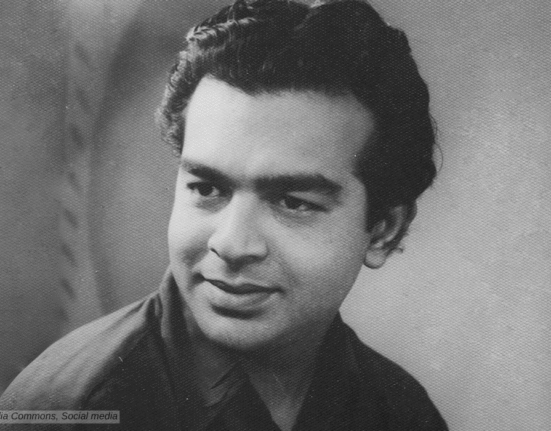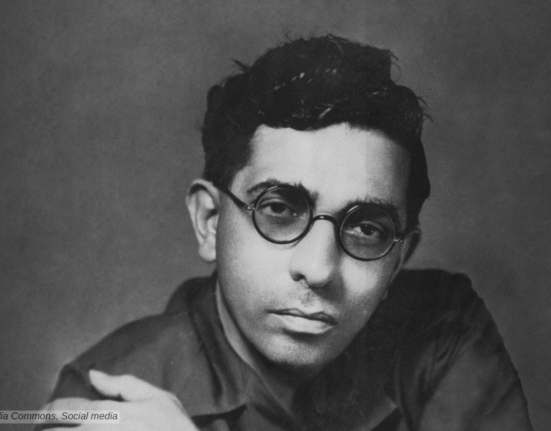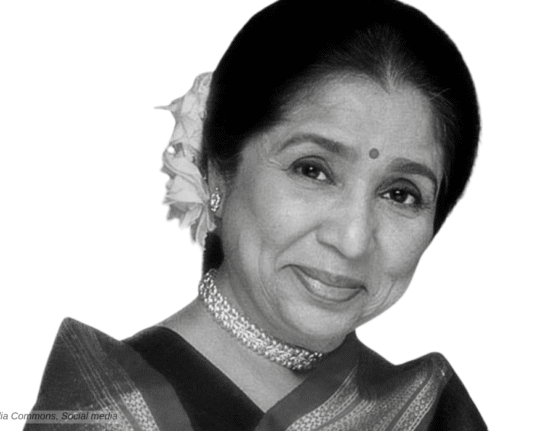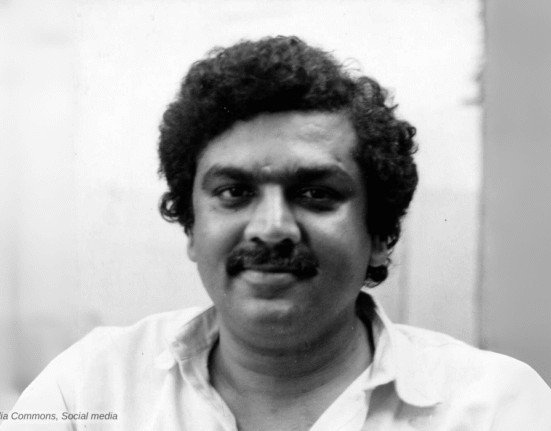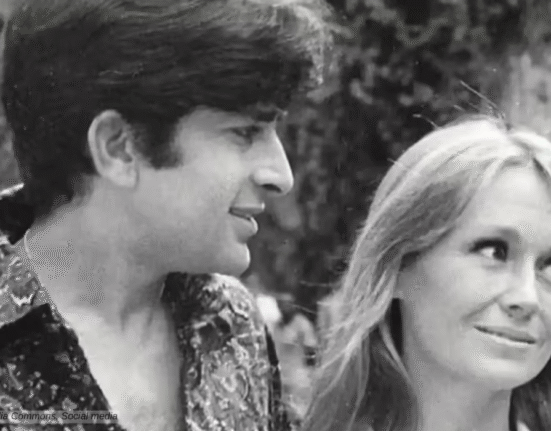Known for her expressive eyes, captivating screen presence, and remarkable versatility, Sulochana aka Ruby Myers was one of the most iconic actresses of the 1920s and 30s. In a career spanning over five decades, she appeared in numerous iconic films like “Wildcat of Bombay,” “Indira M.A.,” “Anarkali,” “Bombay ki Billi,” “Gul Sanobar,” “Prem Ki Jyot,” “Jugnu,” “Nagin,” “Abe Hayat,” “Kaagaz Ke Phool,” “Anari,” “Dil Apna Aur Preet Parai,” and many more.
Early Life of Ruby Myers
Sulochana was born as Ruby Myers in 1907 into a Baghdadi Jewish family of Pune. Before her entry into the film industry, she worked as a telephone operator. In the 1920s, the newfound world of cinema was still settling into the minds of the masses, and women’s participation in films was rare. However, Ruby Myers broke through these barriers and rose to stardom, becoming one of the highest-paid actresses of her time.
Mohan Bhavnani of Kohinoor Film Company discovered Ruby Myers while she was working as a telephone operator. Initially, she rejected the offer due to the patriarchal constraints that disallowed women from participating in certain fields, terming them as “immoral” or “unfit” for women. However, Bhavnani persisted, and Ruby eventually agreed to join the film industry, despite having no prior experience or knowledge of acting. Ruby Myers adopted the screen name “Sulochana” and quickly became a star under Bhavnani’s direction at Kohinoor Film Company.
The Queen of Silent Cinema

Ruby’s career took off with her debut role in “Veer Bala (1925),” opposite Khalil Ahmed and Mohammed Noor and directed by Mohan Bhavnani. Riding on the success of Veer Bala, she went on to act in a variety of movies, spanning multiple genres. Her early films included “Mumtaz Mahal (1926),” “Cinema Queen (1926),” “Typist Girl (1926),” “Balidaan (1927),” “Alibaba and the Forty Thieves (1927),” “Nasibi Ni Leeli (1927),” “Wildcat of Bombay (1927),” “Pandav Patrani (1928),” and “Mewadnun Moti (1929).”
One of her most memorable and iconic films was Wildcat of Bombay (1927): Sulochana’s performance in this film, where she essayed eight different roles, including a gardener, a policeman, a Hyderabadi gentleman, a street urchin, a banana seller, and a European blonde, was a sort of revolution at the time. Her on-screen chemistry with Dinshaw Bilimoria made them one of the most popular romantic pairs of the silent film era.
She moved to Imperial Films in the late 1920s and starred in Madhuri (1928), Anarkali (1928), Heer Ranjha (1929), Indira B.A. (1929), Punjab Mail (1929), Amarun Hindustan (1930), and Khuda Ki Shan (1930), all directed by R.S. Chaudhari. Most of these films were huge blockbusters and established her as the queen of the box office.
Although most of her films were directed by Mohan Bhavnani or R.S. Chaudhari, she also worked with Bhagwati Prasad Mishra, Naval Gandhi, Fatma Begum and G. Bhal Pendharkar.
Transition to Talkies
In 1931, she was considered for starring in India’s first talkie, “Alam Ara,” but because of language constraints, the role went to another top star of the silent era, “Zubeida.” Realizing the importance of language and diction in the new era, Sulochana took a year off to learn it and work on her pronunciation. She made a successful comeback with the talkie version of “Madhuri” (1932), directed by R.S. Choudhury, which was her first talkie film.
The success of Madhuri was followed by many iconic films like Daku Ki Ladki (1933), Sulochana (1933), Piya Pyare (1934), Indira M.A. (1934), Gul Sanobar (1934), Khawab-E-Hasti (1934), Rashk-e-Laila (1934), Devaki (1934), Anarkali (1935), Pujarini (1935), Do Ghadi Ki Mouj (1935), Shaan-e-Hind (1936), Bambai Ki Billi (1936), Jungle Queen (1936), Prem Ki Jyot (1939), Chauranghee (1942) and Chamakti Bijli (1946).
Many of her early talkie films were remakes of her earlier silent films, which made her the highest-paying star of the 1930s, drawing a salary of Rs 5000 per month, a staggering amount in those days.

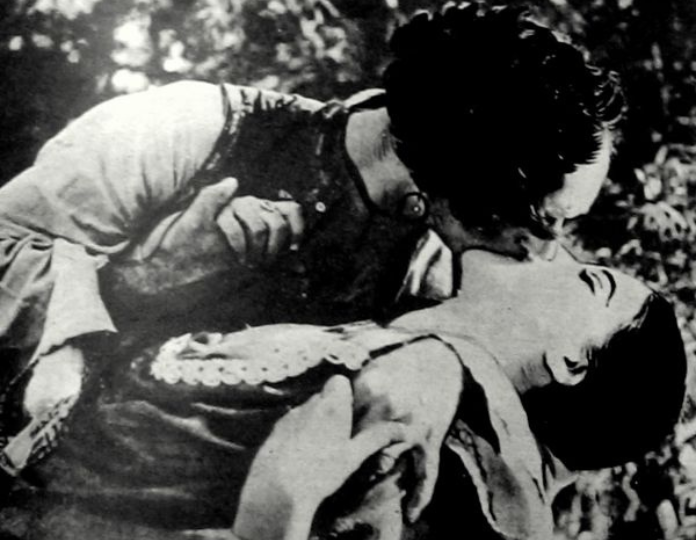
Known for her glamorous image and fashionable persona, Sulochana owned the sleekest of cars, including a 1935 Chevrolet, and lived a luxurious lifestyle. In the mid-1930s, Sulochana opened her own film production house, Rubi Pics.
The Jugnu Controversy
In 1947, she starred in Shaukat Hussain Rizvi’s “Jugnu,” starring Dilip Kumar and Noor Jehan with Sulochana and Agha. Sulochana portrayed the elderly matron of the girls’ hostel, who attracted the attention of a professor from a boys’ hostel. The film was a big hit and loved by the masses, but a large section of the media, led by Baburao Patel of Filmindia magazine, launched a propaganda campaign against it.
Baubrao Patel wrote its review with the title “Jugnu: A dirty, disgusting, vulgar picture!” Baburao questions the morality of an older woman’s involvement in a loving relationship and terms it vulgar. He also criticised the flirting of students and questioned the intentions and patriotism of Muslim actors, which was a common theme those days. Morarji Desai banned the film when Baburao sent his review to him. The distributors resubmitted the film to the censor board, who had already passed it and found nothing objectionable in the first place. The second time, the board ordered to cut 28 minutes of the film.
Later Career of Ruby Myers
In her later career, she transitioned into character roles and acted in many memorable films like Shair (1949), Baaz (1953), Anarkali (1953), Sheeshe Ki Diwar (1954), Nagin (1954), Abe Hayat (1955), Kaagaz Ke Phool (1959), Anari (1959), Dil Apna Aur Preet Parai (1960), Mem-Didi (1961), Shola Aur Shabnam (1961), Son of India (1962), Taj Mahal (1963), Haqeeqat (1964), Teen Devian (1965), April Fool (1964), Amrapali (1966), Raat Aur Din (1967), Neel Kamal (1968), Mere Humdum Mere Dost (1968), Jhuk Gaya Aasman (1968), Talash (1969), Bombay Talkie (1970), Sharmeelee (1971), and many more.

In recognition of her unparalleled contributions to Indian cinema, Sulochana was awarded the prestigious Dadasaheb Phalke Award in 1973, India’s highest award in cinema for lifetime achievement.
Sulochana continued to do occasional films until 1980, which include Aap Ki Kasam (1974), Haath Ki Safai (1974), Julie (1975), Raftaar (1975), Ankhiyon Ke Jharokhon Se (1978), Khatta Meetha (1978) and Dostana (1980).
She passed away on 10 October 1983, alone in her flat in Mumbai, a sad end to one of the most popular celebrities of Hindi films who led a luxurious life in her young age.
Sulochana’s contributions to Indian cinema are immense and far-reaching. As a pioneering actress and director, she played a crucial role in shaping the Hindi film industry.
Ruby Myers on IMDb




